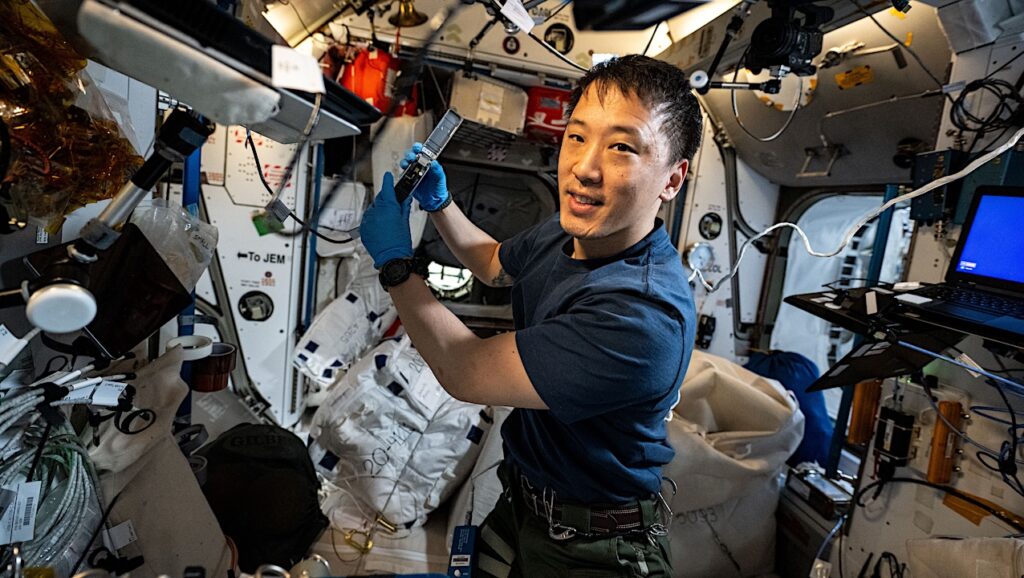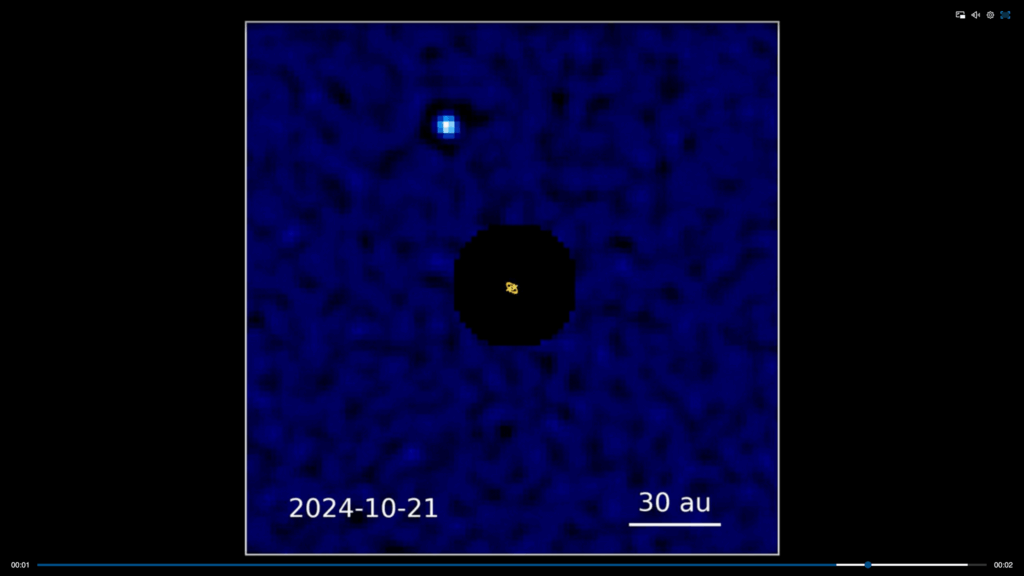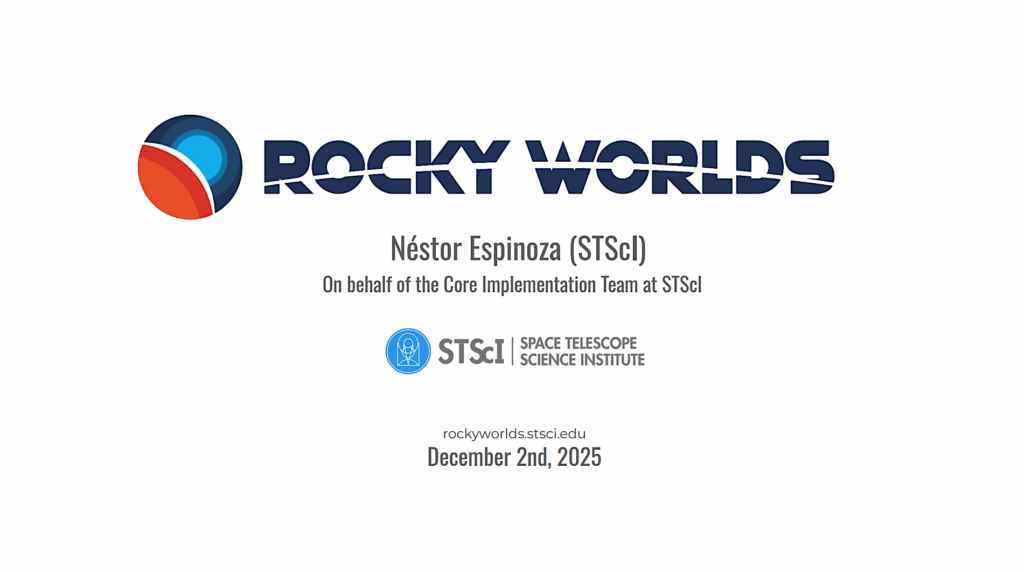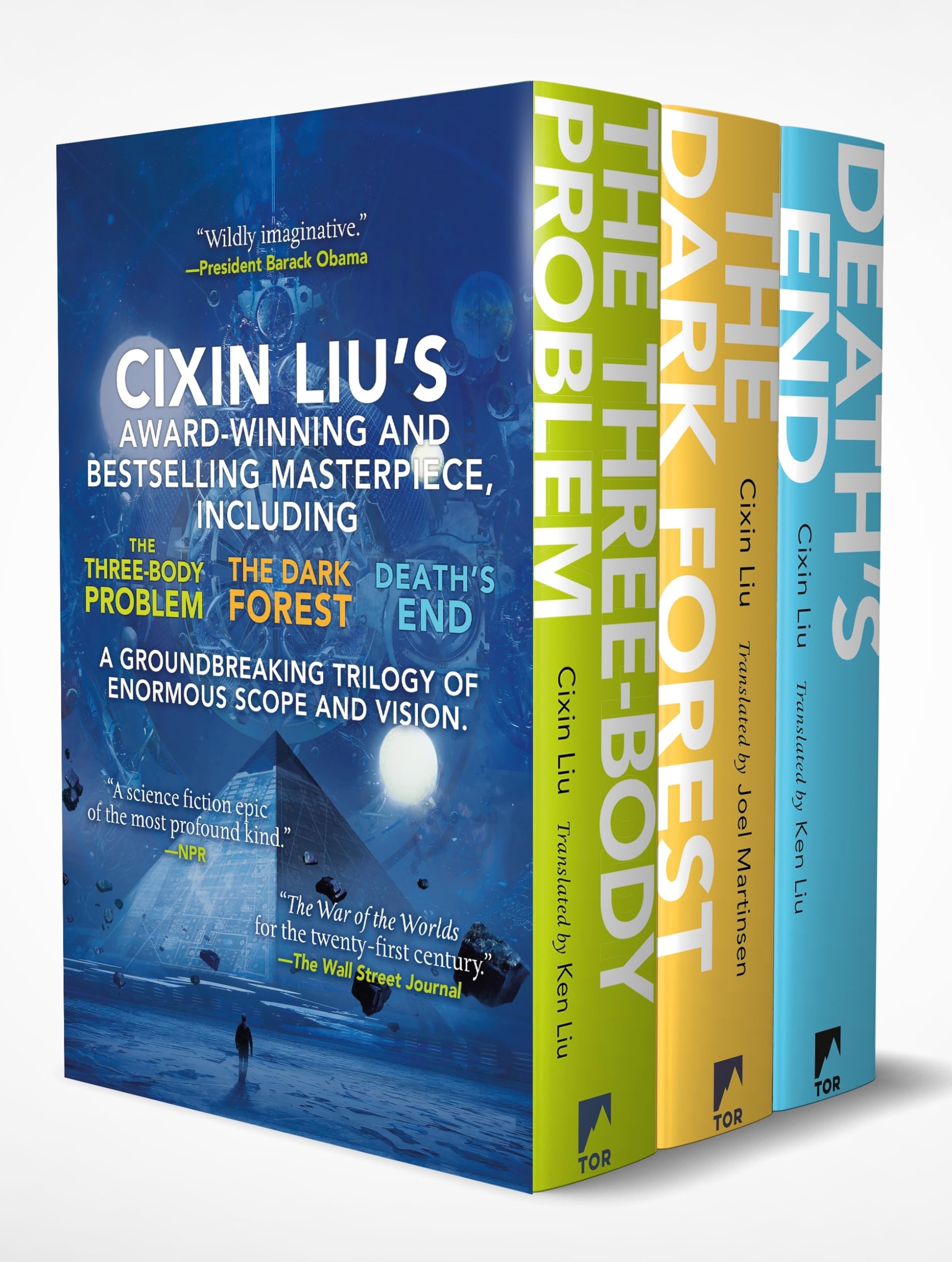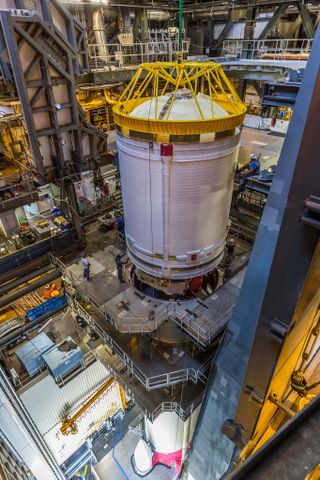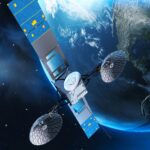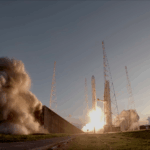Now Reading: NASA Spaceline Current Awareness List #1,129 20 December 2024 (Space Life Science Research Results)
-
01
NASA Spaceline Current Awareness List #1,129 20 December 2024 (Space Life Science Research Results)
NASA Spaceline Current Awareness List #1,129 20 December 2024 (Space Life Science Research Results)
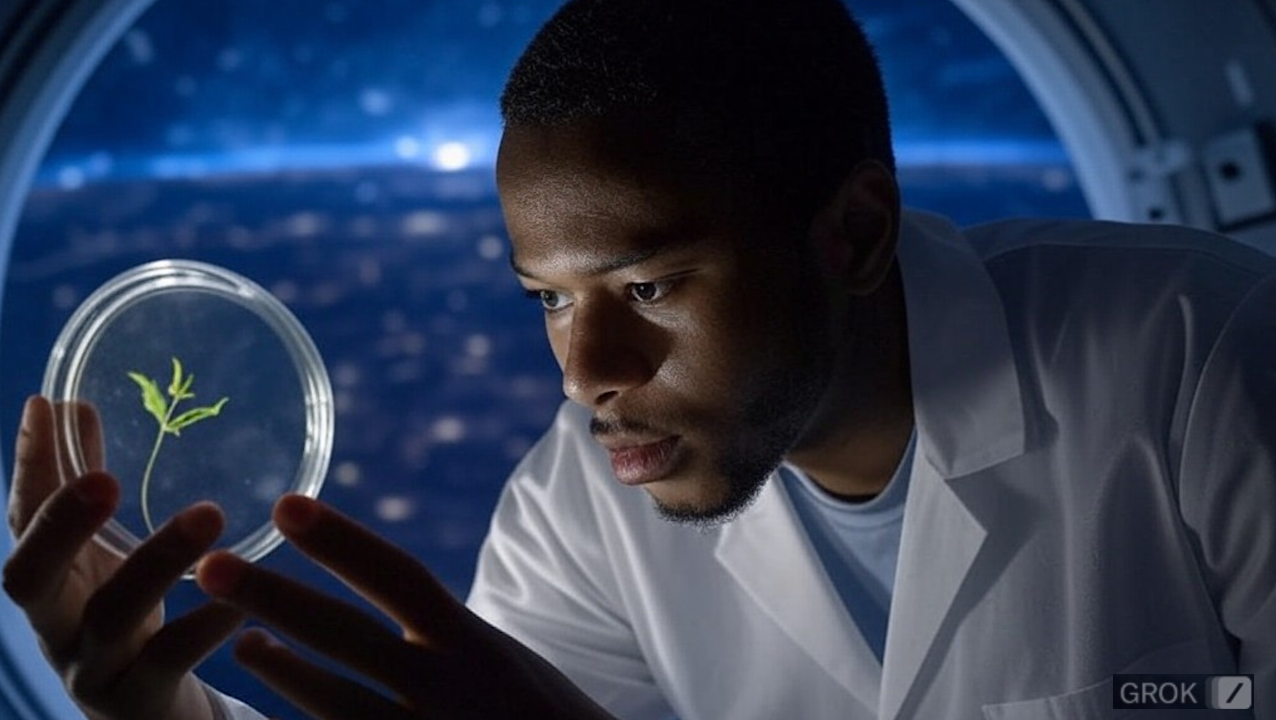

The abstract in PubMed or at the publisher’s site is linked when available and will open in a new window.
Journal Impact Factor: 5.1
Funding: J.S. Willey reports NASA grant # NNX15AB50G funding. A. Ronca is affiliated with NASA Ames Research Center.
Journal Impact Factor: 4.6
Funding: “Funding support of this work came from the National Institutes of Health (NIH), which included grants 2 L30 NS112849-03, 2 L30 NS112849-02, and 1 L30 NS112849-01 awarded to R.J.A. from the National Institute of Neurological Disorders and Stroke (NINDS), from Florida Institute of Technology (FIT) grants to R.J.A. from the Institutional Research Incentive (IRI) program. Authors thank the Florida Tech Provost Office of Dr. Marco Carvalho for generously providing direct funds to support the project. D.L.D. received support from grants R01 NS124585 from the NIH/NINDS and A1321808 from Medtronic, Inc. J.P.C. and R.J.A. received support from a NASA/FL Space Consortium Grant.”
Journal Impact Factor: 0.889
Funding: PI reports NASA grant #80NSSC20K0409 funding.
Journal Impact Factor: 0.889
Funding: PI reports “HCAAM VNSCOR: Using a Human Capabilities Framework to Quantify Crew Task Performance in Human-Robotic Systems” funding.
Journal Impact Factor: 3.0
Funding: “Research reported in this publication was supported by the M.J. Murdock Charitable Trust under Award Number FSU-2017207 (AKH), the National Aeronautics and Space Administration under Award Number 80NSSC20M0042 (AKH), the National Science Foundation under Award Number CMMI 1554708 (RKJ), and the National Institutes of Health under Award Numbers R01AR073964 (RKJ). Funding for the Mass Spectrometry Facility used in this publication was made possible by the M.J. Murdock Charitable Trust, and the National Institute of General Medical Sciences of the National Institutes of Health (P20GM103474 and S10OD28650).”
Journal Impact Factor: 67.7
Funding: “…M.K.O. is supported by grant 80NSSC21K0542 from NASA. …”
Journal Impact Factor: 3.1
Funding: “This study was funded by the NASA Human Research Program and performed as part of the Human Health and Performance Contract [grant number NNJ15HK11B] at the NASA Johnson Space Center and is also supported by NASA as part of the NASA Space Technology Research Institute (STRI) Habitats Optimized for Missions of Exploration (HOME) ‘SmartHab’ Project [grant number 80NSSC19K1052].”
Journal Impact Factor: 1.0
Funding: “This study was funded by NASA under grant number 80NSSC19K1052 as part of the NASA Space Technology Research Institute (STRI) Habitats Optimized for Missions Exploration (HOME) ‘SmartHab’ Project.”
Stay Informed With the Latest & Most Important News
-
 012024 in Review: Highlights from NASA in Silicon Valley
012024 in Review: Highlights from NASA in Silicon Valley -
 02Panasonic Leica Summilux DG 15mm f/1.7 ASPH review
02Panasonic Leica Summilux DG 15mm f/1.7 ASPH review -
 03From Polymerization-Enabled Folding and Assembly to Chemical Evolution: Key Processes for Emergence of Functional Polymers in the Origin of Life
03From Polymerization-Enabled Folding and Assembly to Chemical Evolution: Key Processes for Emergence of Functional Polymers in the Origin of Life -
 04How New NASA, India Earth Satellite NISAR Will See Earth
04How New NASA, India Earth Satellite NISAR Will See Earth -
 05And Thus Begins A New Year For Life On Earth
05And Thus Begins A New Year For Life On Earth -
 06Astronomy Activation Ambassadors: A New Era
06Astronomy Activation Ambassadors: A New Era -
07SpaceX launch surge helps set new global launch record in 2024












